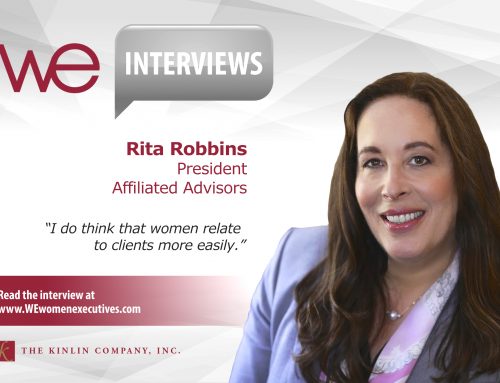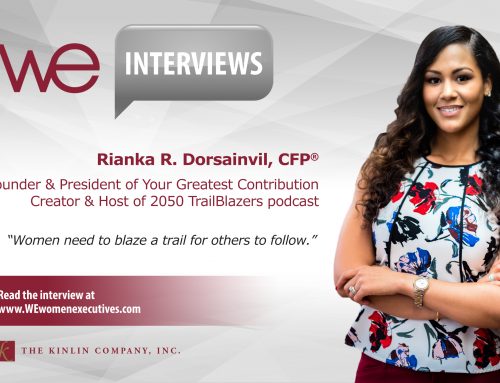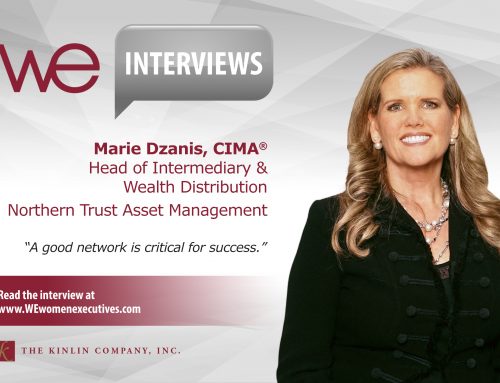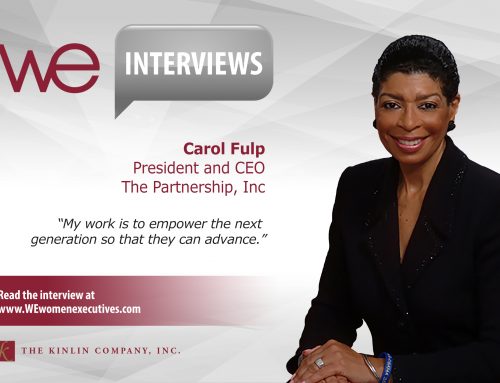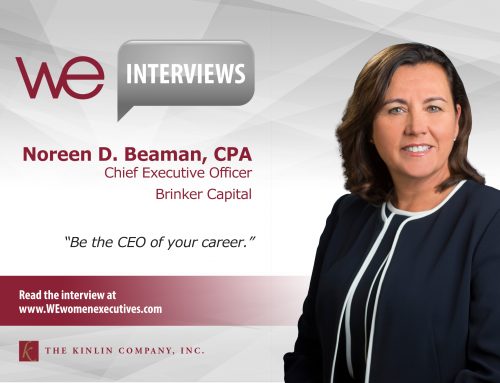 Eve E. Ellis
Eve E. Ellis
Member
The Matterhorn Group
Morgan Stanley
A cursory survey of her credentials reveals that Eve Ellis is a financial advisor—and a highly qualified one at that. A member of The Matterhorn Group at Morgan Stanley, Ellis is a Chartered Advisor in Philanthropy®, a Certified Investment Management AnalystSM , and a Certified Financial Planner™ . Yet when Ellis looks in the mirror, what she sees is an educator and a change agent, someone committed to enlightening her clients and pushing the needle toward parity for women on corporate boards across the U.S. I sat down with Ellis recently to talk about her experiences as a financial advisor and co-founder of a bold new initiative: the Parity Portfolio.
Coach = Communicator
Eve Ellis began her career on the tennis courts, playing competitively as an undergraduate at Yale, then advancing to the satellite pro tour and playing doubles at Wimbledon, and finally coaching the sport at Columbia University. Ellis also ran a tennis business for a time. When queried as to what moved her from the courts to the corporate sphere, Ellis doesn’t miss a beat. “I see these as very connected careers,” she explains. “I played competitive tennis for a long time, and then I coached tennis for a long time. I see being a wealth manager as coaching people in a different area of their lives. And I like to think that I’m working in a more important area of their lives, meaning their money and their financial life, rather than their tennis. So I think of it as an extension of my earlier work. To some degree I am an educator, most certainly a communicator, and I think that there is an easy crossover, though it may not seem that way to others.”
Pursuing Parity Makes Sense
Wealth management as a type of coaching makes sense, but what, I asked Ellis, prompted her to create the Parity Portfolio? “I was on vacation a year ago August, and I was reading Catalyst’s research report, which showed the positive correlation between significant representation of women on boards and the company’s bottom line,” Ellis says. “When I read that a light bulb went off, and I thought, ‘If there were a financial reason to have more women on boards, why would anyone not do it?’”
Ellis brought the idea back to partner Nikolay Djibankov and from August through December of 2012, the two worked to figure out what companies would be included in their new portfolio. The first screen they employed, Ellis notes, was to identify those companies with a minimum of three women on their boards. “The reason we focused on three, as opposed to a percentage, or as opposed to one, is that three seems to be the critical number,” Ellis observes. “When there are three or more women on the board, there is a 73 percent better return on sales, an 83 percent better return on equity, and a 112 percent better return on invested capital. Of course, this does not apply to every company–this is research and these are averages. But this is a large differential. This is not a grey area.” It seemed logical, Ellis asserts, that if she and Djibankov did their due diligence in terms of rigorous financial analysis of companies and found companies that were offering good financial results as well as having social impact, it would make perfect sense to include them in the portfolio.
That first, three-women-minimum screen gave Ellis and Djibankov about two hundred companies from which to choose. That number was then winnowed down to 67 companies that were deemed worthy of consideration. These companies were then further scrutinized in terms of finances, fundamentals and business models. The pair also applied a third screen—if a company were engaged in what they deemed to be abhorrent business practices, they didn’t invest.
Today, the Parity Portfolio contains 20 companies, and may have as many as 30. They are all publically traded companies based in the U.S., Ellis explains. “They can be global companies, but they need to be based in the U.S. because we’re talking about moving the needle towards parity in corporate America. And from the outset we’ve had the social impact in mind, so we have always intended to be part of the public discussion about getting to parity on corporate boards in this country.
“We started in January of 2013,” Ellis continues, “and these are separately managed accounts. At this point, it’s not a fund, but each investor has his or her own portfolio. Each investor is holding the same allocation in every company, but obviously it depends on when the investor started the investment.”
Response, thus far, has been positive. People tend to be surprised by the statistic that only 16.9 percent of the S&P 500 companies’ board members are women, Ellis notes, and motivated to act as a result. “Investors want to make money, but they also want to have a social impact, and that has always been our plan–to do both at the same time,” Ellis says. “We don’t believe that one needs to be sacrificed for the other. Having people think about this issue is what we want.”
Moving the Conversation Forward
Having people think about the issue of corporate board parity for women is a step in the right direction, but if thought doesn’t translate to action, then all is for naught. I asked Ellis what steps she and Djibankov were taking to increase the likelihood that investors would advocate for parity through financial means. “In terms of our social impact, we have two strategies,” Ellis notes. “One is to deal with companies one by one, and one is to take part in the public discussion on the issue of gender parity in corporate America, and boards specifically. We have both of those strategies going at the same time, and every month we need to be doing both. Gloria Steinem is among the experts we turn to for guidance on our social impact. And obviously we’re focused on the financials of the companies we’re investing in as well. Not all companies are going to be in the portfolio forever, but we have more of a buy and hold strategy. We rebalance quarterly but we also reallocate based on other factors, the economic factors, etc. We are active managers, but we’re looking to include a few more companies.”
Realizing the Dream
I asked Ellis how she would measure success in terms of the Parity Portfolio initiative and she replied without hesitation. “The dream is equality. The dream is to get to 50 percent, although I don’t think it’s a dream. There has to be pressure from so many different places on these companies to increase the number of women on boards, and sometimes I think it might be as easy as having board members know what the statistics are. I think they just don’t know. Those in corporate governance know the numbers, but the people who are making the decisions about bringing women onto their boards are the board members. There’s a little bit of a disconnect, but we’re working on it.
“Times are changing and the research is there,” Ellis observes. “There’s a financial reason to do this, so how could you not? I do think that 50 percent is a logical goal, that’s what parity is about. How long will it take? Let’s say the 30 Percent Coalition wants there to be 30 percent by the year 2015, and 2020 Women on Boards wants it to be 20 percent by the year 2020—I want it to be parity ASAP. There’s an interest on the part of investors to effect systemic change, and that takes time, I realize that, but that’s really what we need. This is an investment that empowers women and girls. It’s time for parity in corporate America.”
Follow Your Values
As we neared the conclusion of our interview, I asked Ellis if there were any words of advice that she would like to share with other women working in financial services. She offered three:
- Follow your values: “When I first entered this business, I wish that someone would have told me, ‘You can and should follow your values,’” she says. “But maybe they didn’t know either.”
- Find a mentor and a sponsor: “There’s been so much talk about finding a mentor, finding a sponsor, and the differences between the two, but in thinking more about it, I think women really need to find or develop their own village, both personally and professionally, because women need both. So I would say first find your village, second raise your hand even if it’s scary or risky.”
- Ask yourself if your male counterpart would behave the same way: “I don’t think women need to turn into men, or adopt all the traits in business that men exhibit, but I do think that the self-doubts need to disappear.”

